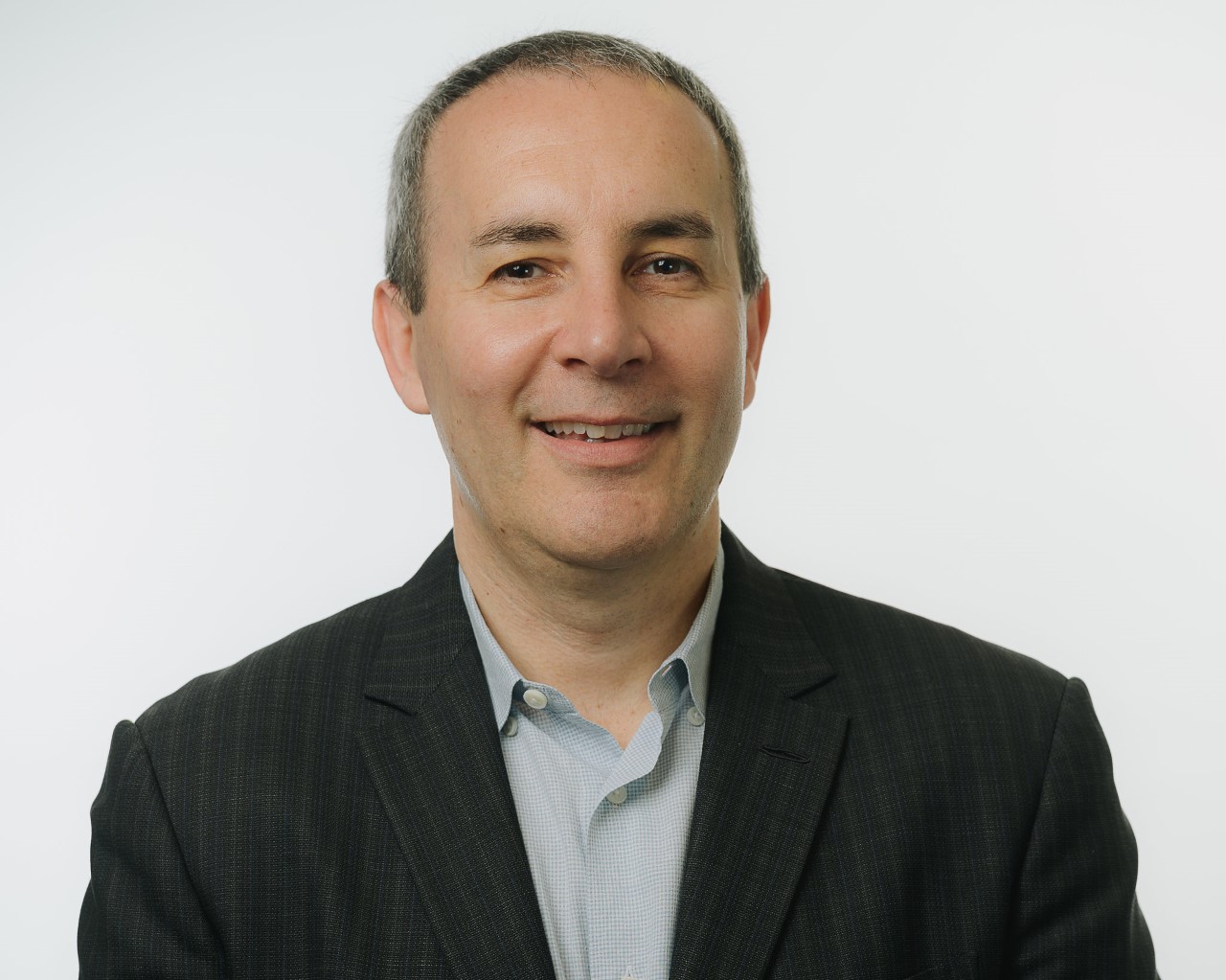

The future of health care management and the services insurers help facilitate is under the spotlight after the COVID-19 pandemic prompted a huge uptick in the use telehealth services in a sector that’s traditionally been resistant to change.
With the pandemic putting a halt to many standard health care services, such as group therapy and rehab, health insurers and their clients have turned to telehealth services to deliver vital care.
“At the start of the pandemic, private health funds were in a situation where a very large number of allied health practices that they supported through extras cover, would no longer be able to operate,” said Dr Rachel David (pictured above), CEO of Private Healthcare Australia (PHA).
“We sought advice from the peak body… about what the benefits and advantages of telehealth services could be and most of the funds moved pretty quickly from that point on to introduce them.”
David says market research suggests it has been well received by those in need.
“We found that for people aged under 40-years-old in particular, and particularly for people that were also accessing mental health services, they were very supportive and appreciative that this new channel had been opened for them,” she added.
The benefits of telehealth services address some of the long-held concerns surrounding inequity in the health care sector, such as a lack of access for the elderly and people in regional areas.
“The first benefit is for people that are involved in psychology, mental health and rehabilitation – they needed some continuity of care. It’s also given people who have mental health conditions, or developed mental health conditions from the pandemic, an ability to access services without leaving their homes,” David explained.
“There was a period of about four to six weeks when basically everything was shut down… I think that providing that continuity of care… was absolutely critical.”
Marc Miller (pictured below), CSO at Medibank, agreed that a great strength of telehealth is that it delivers essential services to regional areas.

“Hospitals and doctors have been using telehealth for many years to connect with clinicians and patients in rural, regional and remote areas,” he said. “There are more sophisticated telehealth services already in use in the Australian market now too, including remote monitoring of patients in their home as well as remote monitoring of implanted cardiac devices.”
Telehealth will now be incorporated into new virtual hospital services, where patients are set-up in a home hospital bed and have their vital signs monitored remotely, according to Miller. Virtual hospital services were initially introduced last year and received considerable scrutiny from medical professionals. However, since the pandemic took its grip, clinical departments across districts have been increasingly reliant on them.
“The experience of the past few months has led to a rapid expansion of telehealth services by GPs and, to a lesser extent, by specialists and allied health providers. More than 10 million telehealth services were delivered in the first couple of months of the pandemic,” Miller continued.
“Notwithstanding the technology limitations, as COVID-19 dissipates there appears to be a consensus among consumers, providers and government to continue with telehealth funding for GPs and allied health providers beyond September 30, 2020.”

Julie Andrews (pictured immediately above), chief officer of member health for HCF Australia, also echoes the calls for telehealth to be expanded in the future. However, she says the technology is still in its infancy.
“The opportunities that telehealth services present are unique and invaluable, both during this pandemic and for a time to come,” she said. “At HCF, we can see a clear future for the expansion of this area of clinical care and service offerings, and we have been focused on adapting and innovating to ensure our services are there when our members need them through telehealth.
“For many Australians it has been a learning curve as they become familiar with this new technology and way of interacting – this takes time. For others, this has opened up a new and more convenient means to address health needs that better suits lifestyles.”
The three health giants – PHA, HCF and Medicare – are adamant that telehealth services have a strong role to play in the future of accessing and delivering vital services to clients. However, they all concede that feedback thus far has been influenced by generational differences.
“The feedback we’ve received on telehealth is very dependent on age,” David said. “For younger people, they have been very supportive and appreciative that we’ve been able to offer health services through this channel.”
However, David says older people with more complex healthcare needs have experienced difficulties with the new technology.
“Older people, particularly people whose care needs are more complex and where they’re having a rehab program, for example, believe telehealth is: A) less useful and B) less appropriate,” she continued.
“That group might not have access to something like FaceTime and they might not be text savvy enough to use the more sophisticated options… So, we have to be mindful of generational differences and the susceptibility of these services and think about what might continue.”
The State Insurance Regulatory Authority (SIRA), meanwhile has largely observed positive feedback in response to telehealth services.
“SIRA has been receiving positive feedback on its telehealth measures from stakeholders, including the medical profession,” the spokesperson told Insurance Business Australia. “Feedback to date suggests that telehealth has been integral for many cohorts to continue to access care during the COVID-19 period, particularly for those that are vulnerable or live in regional areas.”
The research indicated that telehealth services were just as efficient as in-person treatment, but there was also a warning to practitioners to consider the appropriateness of the service on a case-by-case basis.
“Practitioners are also responsible for delivering telehealth services in accordance with the principles of professional conduct and the relevant professional and practice guidelines to ensure that all care is taken to ensure the safety and effectiveness of the service,” the spokesperson added.
“SIRA will continue to monitor the usage of telehealth to determine if these provisions can be retained post COVID-19.”
